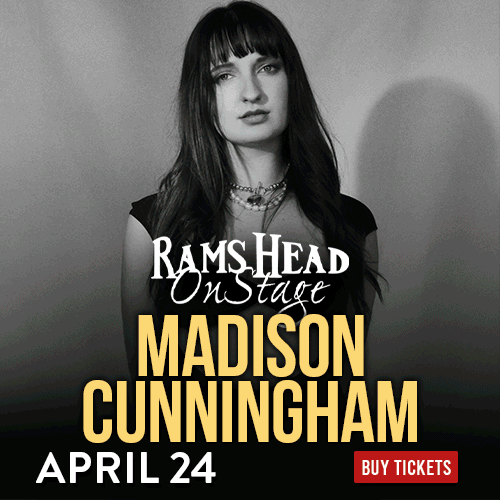Lots of people are looking for workable budgeting tips. And if you’re reading this article, chances are you’re one of them. Today, we’re going to dig into three different budgeting styles and learn which personalities might benefit most from them.

Track Every Penny
This method will perfectly fit people so forgetful that they’re just not sure where their money goes.
Tracking every penny, or TEP, is exactly like it sounds. Every time you make a purchase, make it your rule to write exactly how much you’ve spent and, more importantly, what you’ve spent your money on. The point of TEP is to be able to look back at all those transactions after a couple of weeks and start to notice patterns of mindless spending and substitute them with habits that will be more beneficial and less heavy on your wallet. Thus, instead of buying a 3-dollar latte from Starbucks every day after classes, you’ll go for a walk and put $60 a month back into your budget. This amount will suffice to get academic assistance from professional writing services, which I use whenever I bid to write my paper.

The Envelope Method
This method will suit those who like or need strict rules and structure.
The envelope method is ideal if you’re trying to curb your impulse purchases or aggressively paying down your debt. It sets very strict rules for how you can spend your hard-earned dollars. In the traditional version, you use actual envelopes to represent your spending categories. For example, you can have dedicated envelopes for rent and utilities, savings, debts, food, transportation, and monthly household items.
Then, you need to consider your net income and how much money you need to put into each individual envelope to fund your needs. If you opt to go the traditional way, you should put actual cash into each envelope and then pull out the cash with the corresponding category whenever you make a purchase. When the money’s gone, it’s gone. You cannot dip into another category to cover the shortfall.
We’d challenge you to try the cash version for one or two months. It might sound cumbersome, but there’s something about physically using cash. Still, if you prefer using a credit card instead, try using apps like Mvelopes or Goodbudget to make a digital version of the envelope system.

The Zero-Sum Budget
This budgeting strategy is the best bet for you if the unpredictable makes you anxious.
The zero-sum budget goal is to live off of your last month’s income. It can take a while to get the hang of it. But once you’re there, it gives you much control, especially if you’re earning a variable income.
Below are four rules to help you get the most out of this budgeting strategy.
- Give every dollar a job. It is similar to the envelope system, except you don’t have to use cash and envelopes. Instead, you just need to have it outlined in your budgeting spreadsheet. You can use dedicated budgeting apps for this.
- Embrace your true expenses. This is a great one when you have those annual fees that sneak upon you. You want to make sure that things like additional costs and fees get divided by twelve so that you know how much you need to put aside every month. This will help you not to get blindsided by your renter’s insurance coming up.
- Roll with the punches. Be flexible with your categories because change happens. Unlike the envelope method, this version can reallocate your funds from one category to cover a shortfall in another.
- Age your money. You want to break out of that paycheck-to-paycheck cycle and instead live off of last month’s income to pay this month’s expenses. That’s why this is such a great style for freelancers who tend to get a variable income.
Now that you’re familiar with all three budgeting strategies, you can pick the one that suits your personality and individual needs.













































